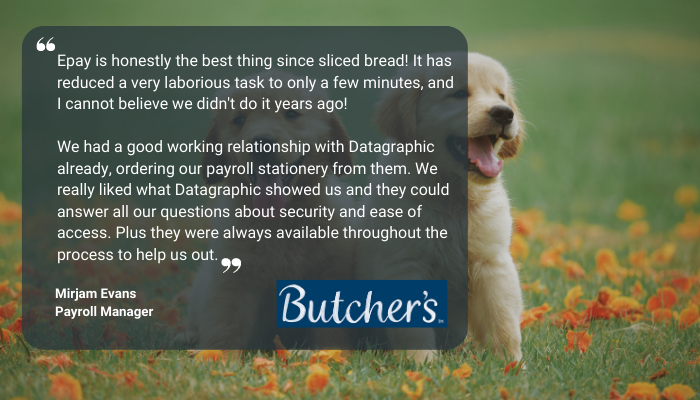A task that has benefited from payroll automation is the production and distribution of payslips. Some organisations see six-figure annual cost savings and a 98% reduction in administration time every month.
Automating the payslip distribution process has seen an excellent return-on-investment for many organisations, of all sizes, in the private and public sector. In some cases, organisations have benefited from six-figure annual cost savings and substantial time savings, where the payslip process and delivery now only takes a few minutes.
Automating the distribution of payroll documents
Automation tools can significantly improve the distribution of payroll documents. Let’s consider the communications you send to employees, for example, payslips, P60s and pay award letters. With a hybrid workforce (a mix of employees working in the office and at home), your employee document distribution process may be fragmented, expensive and open to risk of non-compliance with legal obligations. By automating production and distribution using Robotic Process Automation (RPA) tools, these documents can be presented in print or digitally in a fraction of the time, releasing days of resource for you to focus on other priority projects.
Global Payroll Association found payroll professionals spend 40% of their time on payroll tasks that have the potential to be automated.
When providing examples of payroll processes to automate, many RPA experts and vendors focus on inbound documents and data, for example, taking a document, scanning it, analysing the content and inputting the information into your payroll systems.
There is no denying there are many benefits associated with this automation process. However, the scope, content and layouts can be extensive, and you can’t control the business systems producing them. Therefore the RPA tool you choose to implement will have to cope with many different formats. This makes your payroll automation project more complex, require more intensive testing and will take longer to implement.
If you compare this with employee communications and payroll documents, the information you send to employees, such as payslips, P60s, time-sheets etc. they come from centralised payroll systems. You have great knowledge of the people and processes involved in that activity. As a result, your payroll automation project is much smaller.
Payroll Automation in Action: Butcher’s Pet Care
Before delivering online payslips to their employees, Butcher’s Pet Care used to manually print and fold payslips. Then two separate, very time-consuming processes followed:
- First, payslips were sorted, grouped and distributed on-site
- Second, payslips were posted to employees
They needed a solution that saved them time whilst also improving the employee experience.
The Solution
Butcher’s Pet Care had a strong working relationship with Datagraphic already. Datagraphic supplied Butcher’s with payslip and P60 stationery. They knew of Datagraphic’s online payslip solution, Epay, and asked for a demonstration.
A secure online portal that presents past and present payroll documents in one place, Epay offered a way for Butcher’s to quickly and easily deliver online payslips to all their employees.
Working with their existing payroll software, the automation tools allowed the payroll team to simply transfer the payroll data to Epay and digitally deliver payslips in just a few minutes, for employees to access immediately.
Key Benefits
As a result of using automation tools, the payroll team achieved:
- Almost one day per month saved on administration time: payslip process and delivery now only takes a few minutes.
- Less queries into the payroll team for re-issuing payslips
- Easy access for both the payroll team and employees
- The opportunity to add other payroll documents to their online portal (P60s, P11Ds, P45s), at their own pace.
With the time saved, the payroll team has focused on other important tasks, adding even more value to the business.

Further case studies
See how other payroll teams in both public and private sector organisations have benefited from automation tools and delivering employee communications digitally. View more case studies here.
Or if you’d like to speak to one of our automation experts, please get in touch.


